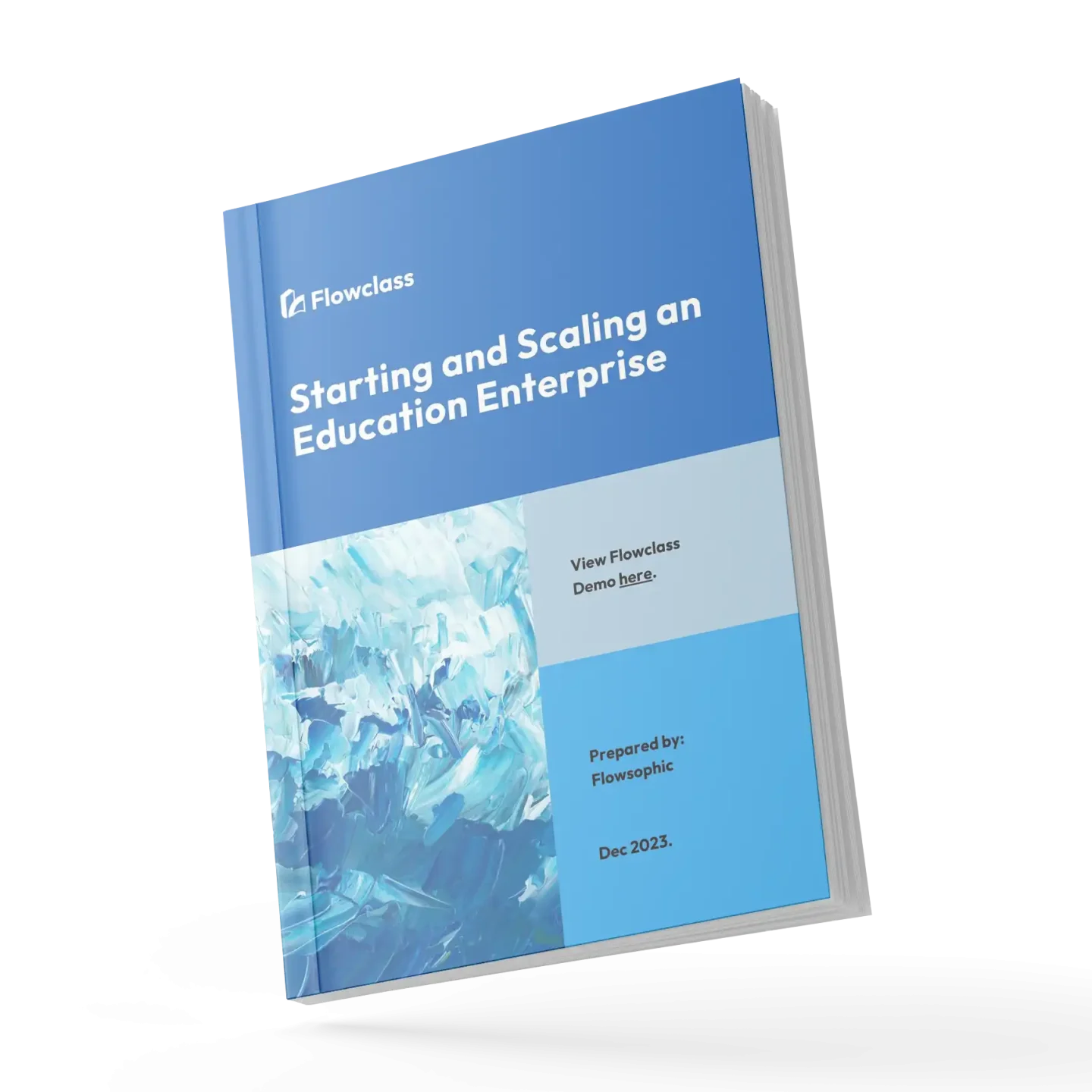In today’s rapidly evolving digital landscape, virtual reality (VR) has emerged as a groundbreaking technology with immense potential to transform various industries. One of the sectors that stands to benefit greatly from VR is education. Virtual reality has the power to revolutionize the learning experience, taking it beyond the confines of traditional classrooms and textbooks.
Imagine students being transported to ancient civilizations, exploring the depths of the ocean, or even venturing into outer space, all from the comfort of their own classrooms. With virtual reality, education becomes an immersive and interactive journey, allowing students to engage with the subject matter in a way that is not possible through traditional methods.
Through VR, students can deepen their understanding, develop critical thinking skills, and cultivate empathy by stepping into the shoes of others. They can manipulate objects, conduct experiments, and participate in simulations that bring learning to life in unprecedented ways.
By unlocking the power of virtual reality in education, we are ushering in a new era of immersive learning that is both engaging and transformative. As technology continues to advance, the potential for VR in education is limitless, promising to reshape how students learn and educators teach.
Benefits of using VR in classroom settings
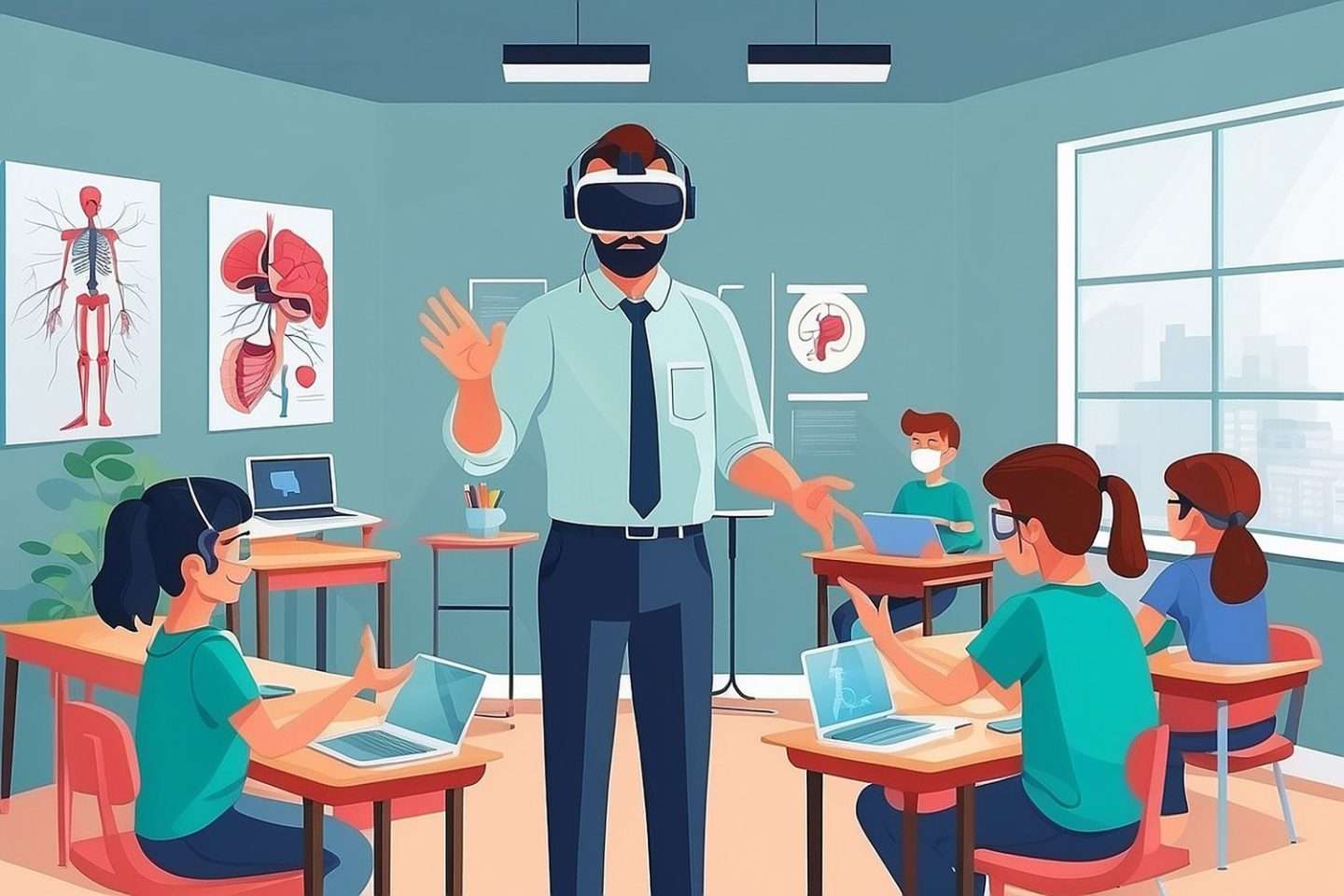
Virtual reality (VR) technology has the potential to revolutionize the education sector, offering a myriad of benefits that can enhance the learning experience for students. One of the primary advantages of using VR in education is the ability to create immersive and engaging learning environments. By transporting students into virtual worlds, VR allows them to actively participate in the learning process, rather than passively absorbing information from textbooks or lectures.
This level of immersion can lead to increased retention of information, as students are more likely to remember concepts and details when they are fully immersed in the subject matter. Additionally, VR can provide students with the opportunity to explore and interact with complex topics in ways that would be difficult or impossible in a traditional classroom setting. For example, students can virtually dissect a human body, explore the depths of the ocean, or visit historical landmarks, all without leaving the comfort of their own classroom.
Furthermore, VR has the potential to cater to diverse learning styles and preferences. Some students may thrive in a more visual and kinesthetic learning environment, while others may benefit from the ability to manipulate and interact with virtual objects. By incorporating VR into the curriculum, educators can create a more inclusive and personalized learning experience that caters to the unique needs and preferences of each student.
VR in the classroom: Case studies and success stories
The integration of virtual reality in the classroom has already yielded impressive results, with numerous case studies and success stories highlighting the transformative impact of this technology. One such example is the use of VR in medical education, where students can practice complex surgical procedures in a safe and controlled virtual environment. This allows them to develop their skills and gain valuable experience without putting real patients at risk.
In the field of history and social studies, VR has been used to transport students to historical sites and events, enabling them to gain a deeper understanding of the past. By immersing themselves in virtual recreations of ancient civilizations or significant historical moments, students can develop a more empathetic and nuanced perspective, fostering a greater appreciation for the complexities of human history.
Another successful application of VR in education is in the realm of STEM (Science, Technology, Engineering, and Mathematics) subjects. VR simulations can allow students to conduct virtual experiments, manipulate complex scientific models, and explore the intricacies of engineering design, all while receiving immediate feedback and guidance. This hands-on approach to learning can significantly enhance students’ understanding of these subjects and inspire them to pursue further study in these fields.
These case studies and success stories demonstrate the transformative potential of virtual reality in the classroom, highlighting how this technology can engage students, deepen their understanding, and unlock new possibilities for learning and exploration.
VR devices and technology for learning
As the adoption of virtual reality in education continues to grow, a wide range of VR devices and technologies have emerged to cater to the needs of educators and students. From affordable and accessible headsets to more advanced, high-end systems, the options for incorporating VR into the classroom continue to expand.
One of the most widely used VR devices in the education sector is the Google Cardboard, a low-cost and portable headset that can turn any smartphone into a virtual reality device. This accessibility makes it a popular choice for schools and educators, as it allows them to introduce VR experiences to students without significant financial investment. Additionally, there are more sophisticated VR headsets, such as the Oculus Rift, HTC Vive, and PlayStation VR, which offer a more immersive and high-quality VR experience, often with advanced features like motion tracking and hand controllers.
Beyond the headsets, the development of VR-compatible software and educational content has also been a crucial factor in the successful integration of this technology into the classroom. Companies and educational organizations have created a growing library of VR experiences and simulations tailored specifically for learning purposes, covering a wide range of subjects and grade levels. These resources allow educators to seamlessly incorporate VR into their lesson plans, providing students with engaging and educational virtual experiences.
As the VR technology continues to evolve, the range of devices and software available for educational use is likely to expand further, making it increasingly accessible and affordable for schools and educators to adopt this transformative technology in their classrooms.
Implementing VR in the curriculum
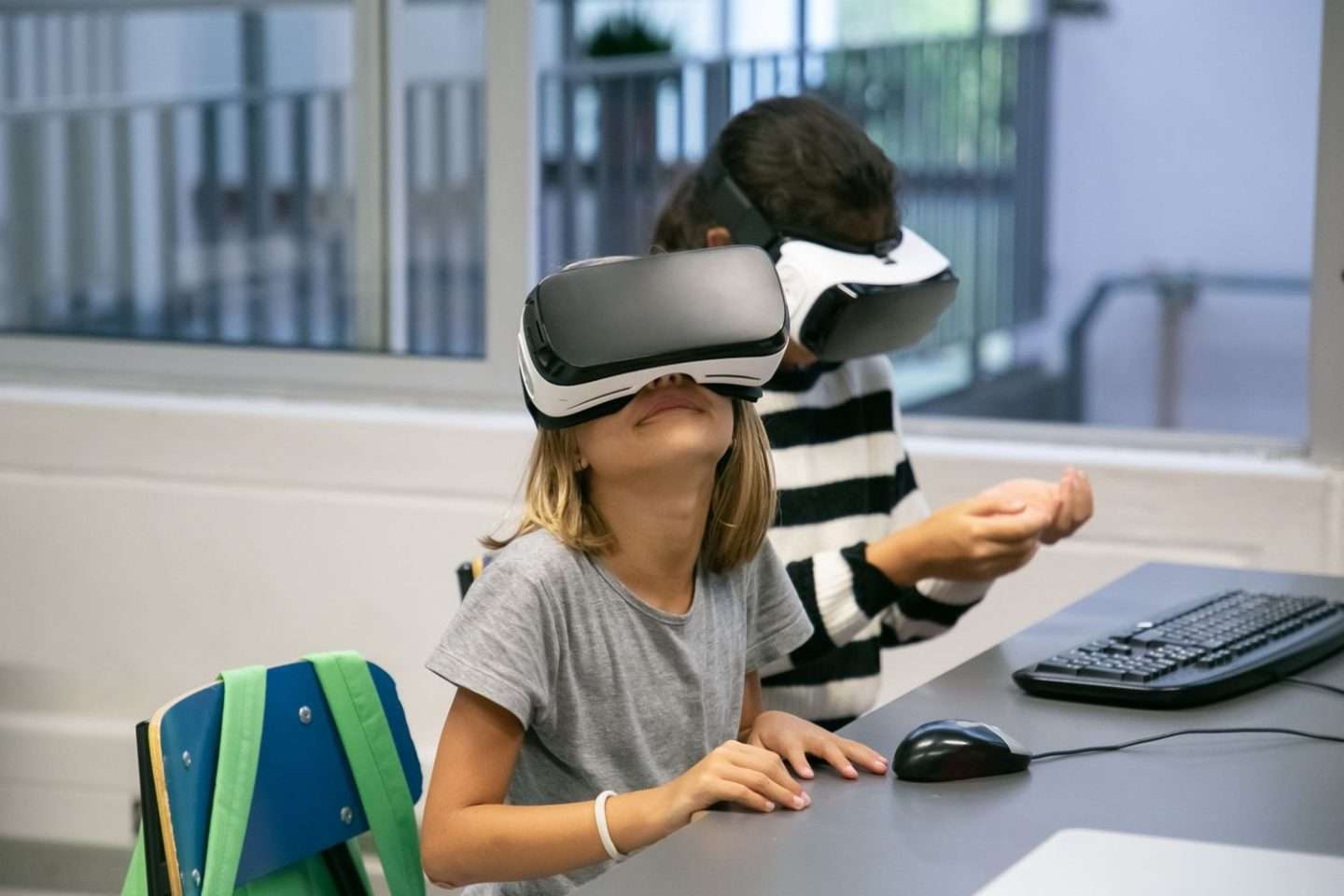
Integrating virtual reality into the curriculum requires a thoughtful and strategic approach to ensure its effective implementation and successful integration into the learning process. One of the key considerations is the alignment of VR-based activities and experiences with the specific learning objectives and curriculum standards.
Educators must carefully evaluate how VR can enhance and support the learning outcomes they aim to achieve, whether it’s fostering a deeper understanding of a historical event, facilitating hands-on experimentation in a science lab, or enabling students to explore the complexities of a foreign culture. By aligning VR experiences with the curriculum, educators can ensure that the technology is not used as a gimmick, but rather as a powerful tool that enhances and enriches the learning experience.
Another crucial aspect of implementing VR in the curriculum is the development of lesson plans and instructional materials that seamlessly incorporate the virtual reality components. This may involve creating pre-VR activities to set the stage, guiding students through the VR experience, and then facilitating post-VR discussions and reflections to solidify the learning outcomes. Careful planning and preparation are essential to ensure that the VR integration is smooth, engaging, and effectively supports the overall learning objectives.
Furthermore, the successful implementation of VR in the classroom requires ongoing professional development and training for educators. Teachers must be equipped with the necessary skills and knowledge to effectively use and integrate VR technology into their teaching practices. This may include training on the technical aspects of VR devices, as well as strategies for designing and delivering VR-based lessons that foster active learning and engagement.
Challenges and considerations in using VR in classrooms
While the potential of virtual reality in education is undeniable, there are also several challenges and considerations that must be addressed to ensure its successful and effective implementation. One of the primary concerns is the cost associated with VR technology, as the hardware and software required can be relatively expensive, especially for cash-strapped school districts.
To overcome this challenge, educators and administrators must explore creative funding options, such as grants, partnerships with local businesses, or crowdfunding campaigns, to secure the necessary resources. Additionally, as the technology continues to evolve, it is expected that the costs will become more affordable, making VR more accessible to a wider range of educational institutions.
Another consideration is the potential for motion sickness and disorientation that some students may experience while using VR headsets. This can be particularly problematic for younger students or those with sensory processing disorders. To mitigate this issue, educators must ensure that proper safety protocols are in place, including providing breaks, offering alternative activities, and closely monitoring students’ reactions to the VR experiences.
Furthermore, the integration of VR into the curriculum requires a significant investment of time and resources for teacher training and lesson planning. Educators must be equipped with the necessary skills and knowledge to effectively utilize VR technology and design engaging, curriculum-aligned VR-based activities. Providing ongoing professional development and support for teachers is crucial to the successful implementation of VR in the classroom.
Training and professional development for educators in VR
As virtual reality becomes increasingly integrated into the educational landscape, the need for comprehensive training and professional development for educators has become paramount. Effective implementation of VR in the classroom requires teachers to not only be proficient in the technical aspects of the technology but also skilled in designing and delivering VR-based learning experiences that align with curricular objectives.
One key aspect of this training is familiarizing educators with the various VR devices and software available for educational use. This includes hands-on experience with setting up and troubleshooting the hardware, as well as exploring the capabilities and limitations of different VR platforms. By gaining a deep understanding of the technology, teachers can make informed decisions about which VR resources are best suited for their specific learning environments and student needs.
In addition to the technical training, professional development for educators should also focus on pedagogical strategies for incorporating VR into the curriculum. This may include workshops on lesson planning, activity design, and assessment methods that leverage the unique features of virtual reality. Educators should learn how to seamlessly integrate VR experiences into their teaching practices, ensuring that the technology enhances and supports the overall learning objectives, rather than becoming a standalone activity.
Furthermore, ongoing support and collaborative opportunities for educators can be invaluable in the successful implementation of VR in the classroom. This could involve creating professional learning communities, where teachers can share best practices, troubleshoot challenges, and collaborate on the development of VR-based lesson plans and resources. By fostering a culture of shared knowledge and continuous learning, educators can feel empowered to embrace and effectively utilize virtual reality in their classrooms.
Virtual reality in distance learning and online education
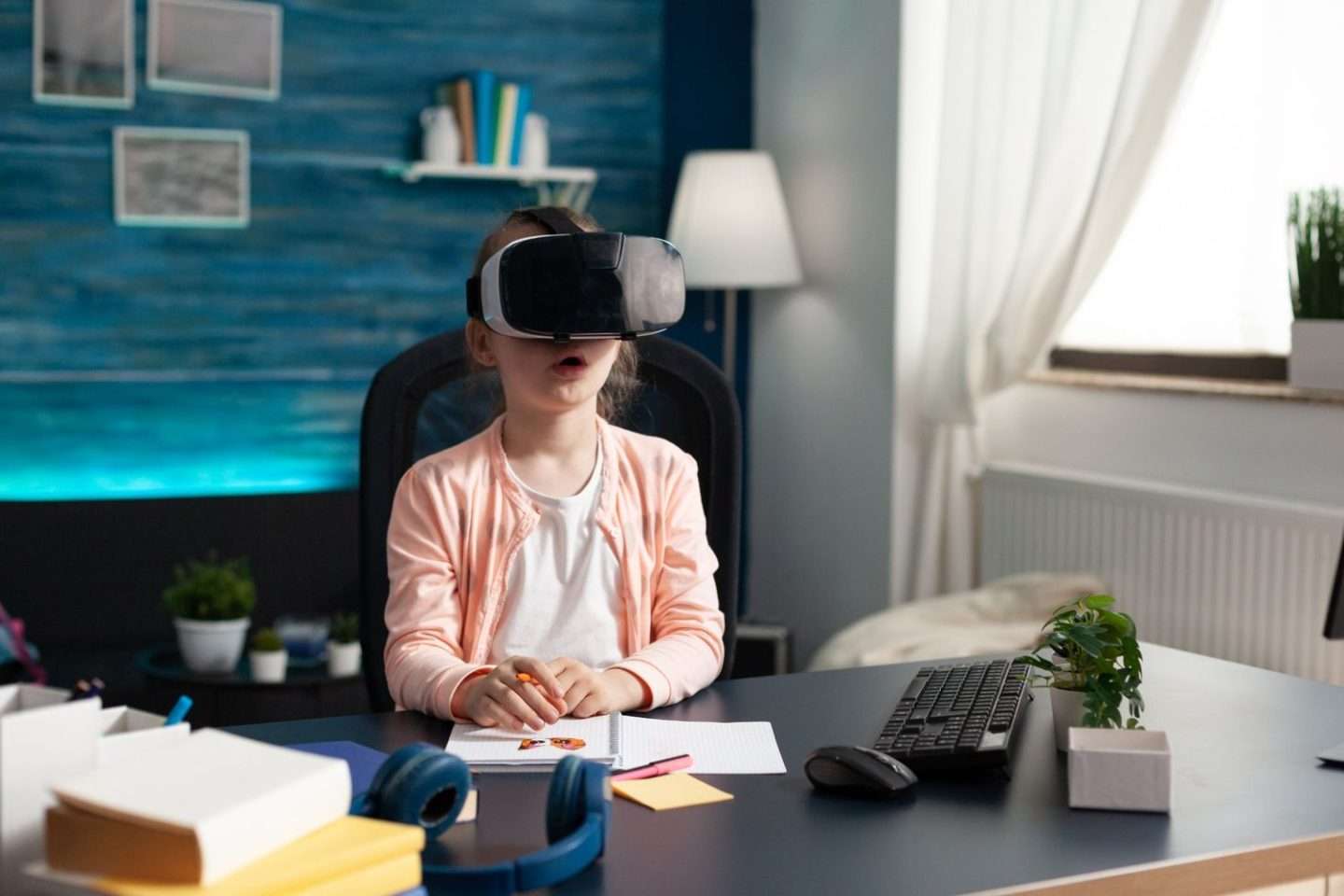
The COVID-19 pandemic has accelerated the adoption of virtual and distance learning, and in this context, the integration of virtual reality has become increasingly relevant and impactful. VR has the potential to transform the online learning experience, providing students with immersive and engaging educational opportunities that transcend the limitations of traditional virtual classrooms.
One of the key advantages of incorporating VR into distance learning is the ability to create virtual learning environments that simulate real-world scenarios and experiences. For example, students in a remote medical training program can virtually dissect a human body or practice surgical procedures, without the need for physical lab equipment or in-person supervision. This level of hands-on, interactive learning can be particularly valuable in fields that require practical skills and experiential knowledge.
Furthermore, VR can enhance the social and collaborative aspects of online education, which are often challenging to replicate in a purely digital setting. Virtual reality can enable students to engage in group discussions, collaborate on projects, and even participate in virtual field trips or educational excursions, all while physically located in different parts of the world. This can foster a sense of community and connection among remote learners, enhancing the overall learning experience.
As the demand for online and distance education continues to grow, the integration of virtual reality presents a unique opportunity to create more immersive, engaging, and effective learning environments. By leveraging the power of VR, educators can overcome the limitations of traditional virtual classrooms and provide students with a truly transformative learning experience, regardless of their physical location.
Future trends and possibilities of virtual reality in classrooms
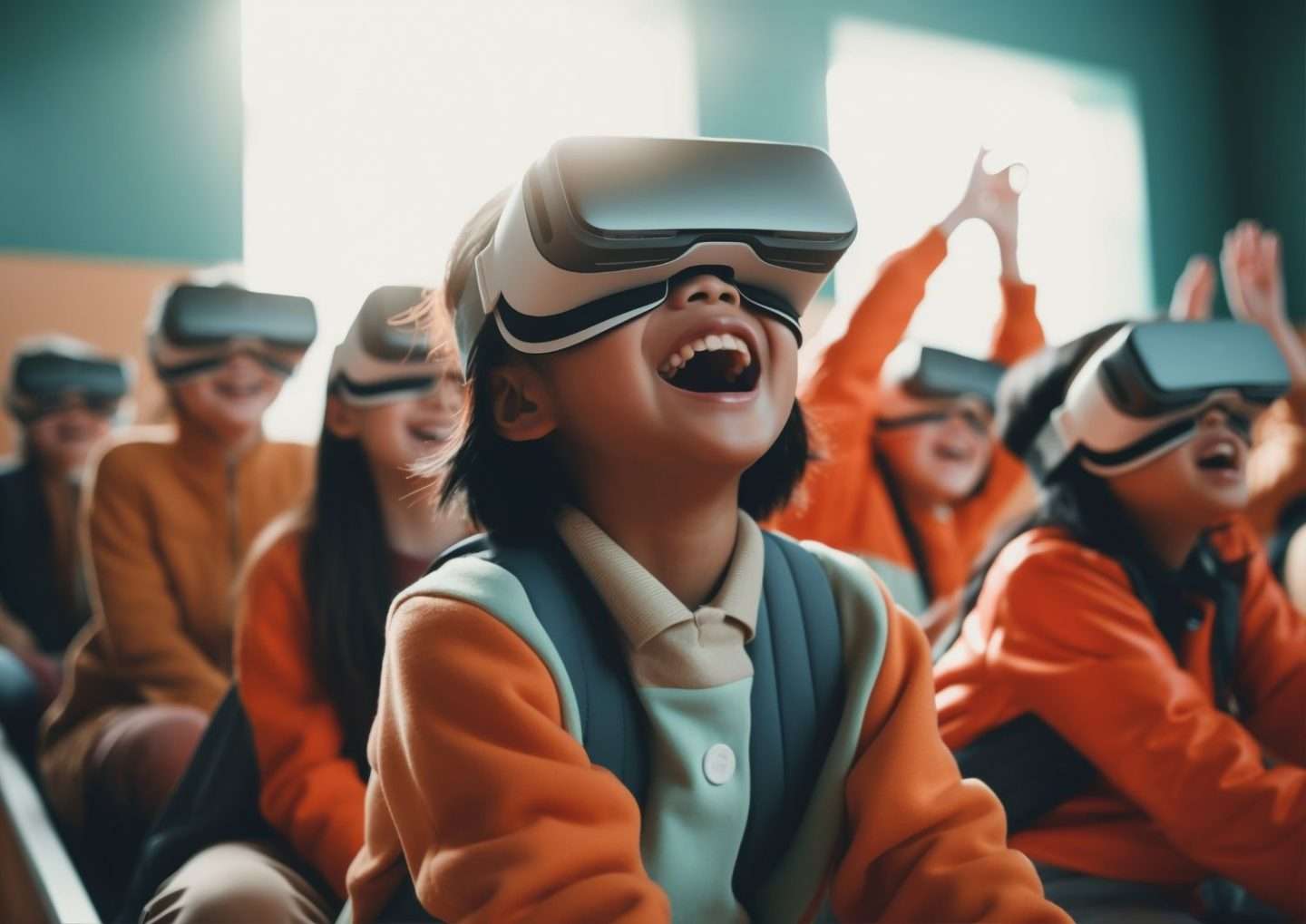
As the adoption of virtual reality in education continues to grow, the possibilities for its future applications and impact are truly exciting. One emerging trend is the integration of artificial intelligence (AI) and machine learning into VR-based educational experiences. By leveraging these advanced technologies, VR can become even more personalized and adaptive, tailoring the learning experience to the unique needs and preferences of each student.
For example, AI-powered VR systems could track student engagement, monitor their progress, and dynamically adjust the level of difficulty or the content presented based on their individual performance and learning styles. This level of personalization can lead to more effective and efficient learning outcomes, as students are provided with the tailored support and challenges they require to thrive.
Another exciting possibility is the integration of VR with other emerging technologies, such as augmented reality (AR) and mixed reality (MR). By blending these technologies, educators can create hybrid learning environments that seamlessly combine the immersive qualities of VR with the contextual overlays and interactive elements of AR and MR. This convergence of technologies can lead to even more powerful and transformative educational experiences, where students can seamlessly transition between virtual, augmented, and physical learning environments.
As the capabilities of VR continue to evolve, it is also likely that we will see the development of more sophisticated and accessible VR hardware, making it increasingly feasible for schools and educational institutions to adopt this technology on a larger scale. This could include the emergence of wireless VR headsets, more affordable and durable devices, and even the integration of VR functionality into mainstream computing devices, such as laptops and tablets.
Conclusion: The impact and potential of virtual reality in transforming the learning experience
In conclusion, the integration of virtual reality in education holds immense promise for transforming the learning experience and unlocking new possibilities for student engagement, knowledge retention, and skill development. By immersing students in virtual worlds and interactive simulations, VR has the power to bring abstract concepts to life, foster empathy and understanding, and inspire a deeper love of learning.
As we have explored throughout this article, the benefits of using VR in education are manifold, from enhanced engagement and personalized learning to the ability to explore complex topics in ways that were previously unimaginable. The case studies and success stories highlighted demonstrate the tangible impact that VR can have on student outcomes, particularly in fields like STEM, history, and medical education.
While the implementation of VR in the classroom presents its own set of challenges, such as cost considerations and the need for comprehensive teacher training, the potential of this technology to transform the educational landscape is undeniable. As the VR hardware and software continue to evolve, and as more educators and institutions embrace this innovative approach to learning, the possibilities for virtual reality in education are truly limitless.
By unlocking the power of virtual reality, we have the opportunity to revolutionize the way students learn, engage with the world, and develop the skills necessary to thrive in the 21st century. As we look to the future, the integration of VR in education promises to be a driving force in creating more immersive, personalized, and transformative learning experiences that prepare our students for the challenges and opportunities that lie ahead.
📢 Want to read more on future technologies to adapt to your classroom? Check our blog on AI in Education: Transforming the Future of Learning


